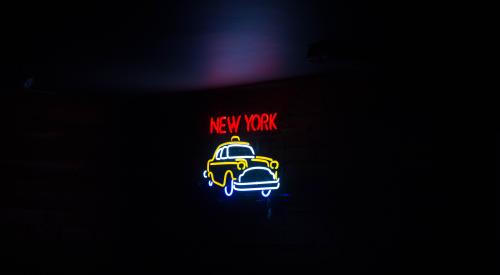During the housing crash and ensuing recovery, wealthier homeowners have been able to hold on to their homes and continue to gain wealth. Meanwhile, households with less wealth lost the value of their biggest asset, and have missed out on the recovery's wealth creation.
The wealth gap pre-dates the housing crash, but the housing boom, bust, and then recovery widened the gap. For the typical U.S. homeowner, a home represents about 51.2 percent of their total wealth as of 2016, whereas for more affluent Americans, homes represented about 26.9 percent of their total wealth in 2007, and only 19.8 percent in 2016, as net worths continue to rise, Zillow reports. For this reason, wealthier households were able to absorb the impact of the crash and hold onto their homes more easily than their less-wealthy neighbors.
In the lead-up to the housing bubble, loosened lending standards allowed many Americans with fewer assets and lower incomes to become homeowners by investing whatever liquid wealth they did have into down payments on a home. This flood of new home buyers helped push the national homeownership rate from about 65 percent in the mid-1990s to almost 70 percent in 2006. But when the bubble popped, the less-expensive homes that were affordable for these buyers were disproportionately more likely to be foreclosed upon than higher-end homes.













